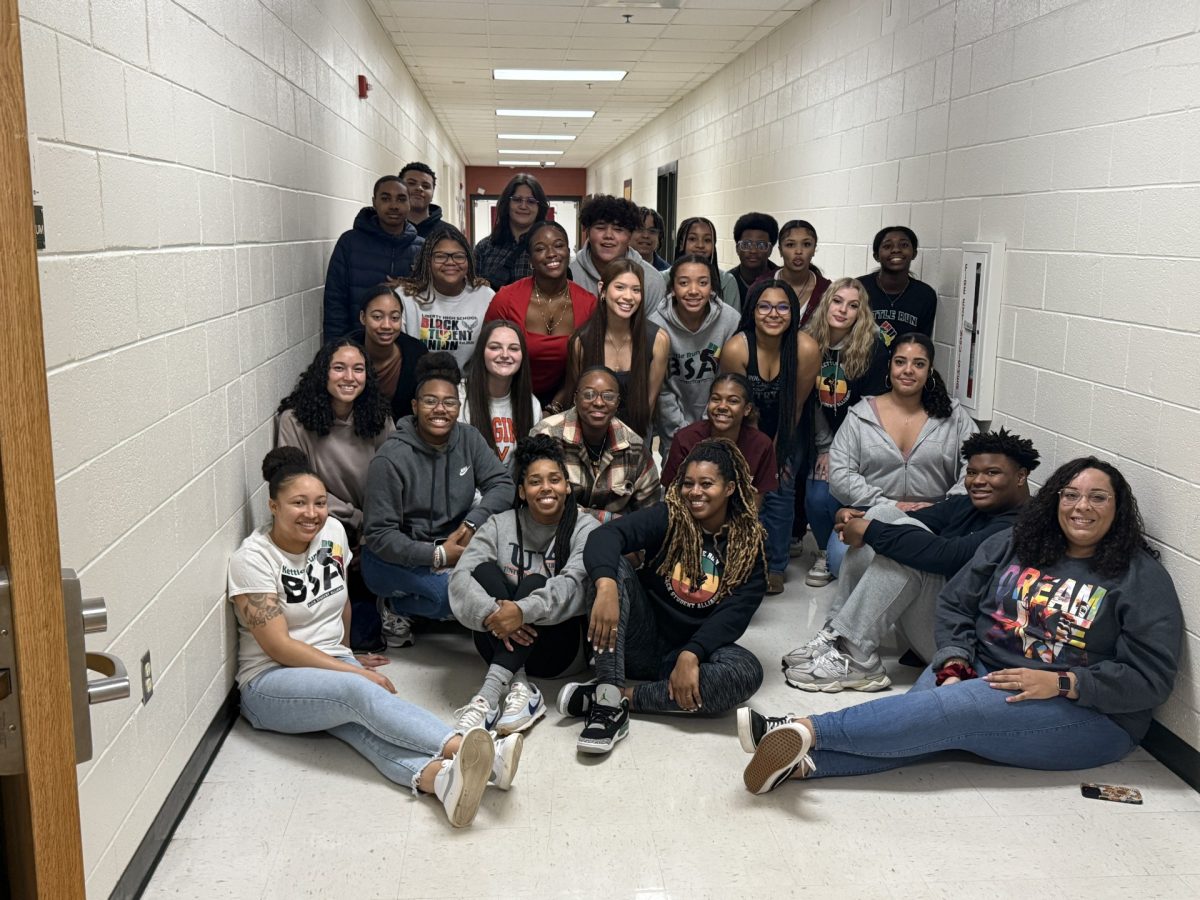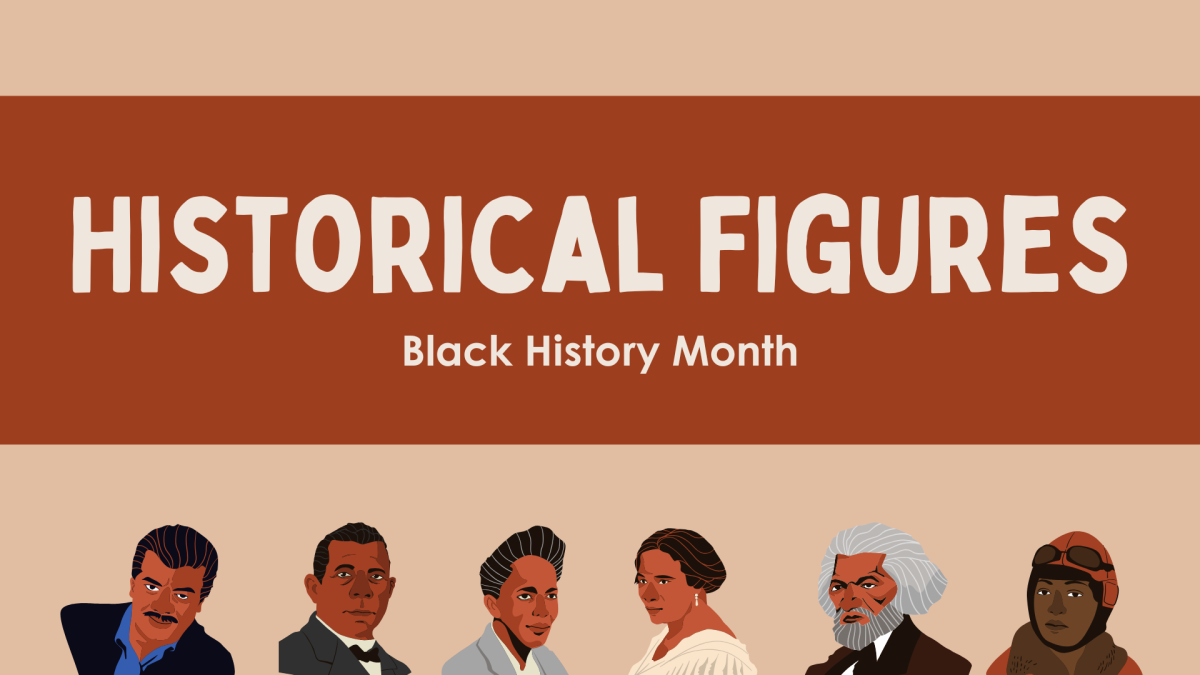Changing the Tide in College Admissions
November 8, 2018
As seniors prepare to turn in their college applications they are facing a hard truth: education lacks equity.
Affirmative action, defined as any policy which favors those who typically are victims of discrimination, in education was first introduced in the 1960s during the Civil Rights Movement in an attempt to increase the number of minorities receiving higher education.
In theory, affirmative action makes perfect sense — provide opportunities to those who normally don’t receive them. So, what’s the problem? It’s that affirmative action in education doesn’t really benefit anyone.
In attempts to increase the number of opportunities for the education of minorities, colleges have set guidelines to give “greater consideration” to certain groups — women, racial minorities, and other historically mistreated groups, as per FindLaw. At the start of affirmative action, colleges set quotas for the percentage or sometimes raw number of minorities to be admitted to a school each year, but in 1978 the Supreme Court overturned it as it is a violation of rights.
From here, schools turned to greater consideration of minorities applications to make their student enrollment more diverse. The problem with this is when minority students apply to schools above their qualification and ability level, they’re accepted. When accepting students who cannot compete academically at a university, admissions are forced to bump another student who, more often than not, is able to compete academically.
Because of this, underrepresented minorities and those groups given preferential treatment are more likely to rank lower in their classes, get lower grades, and have a higher dropout rate, as per The Atlantic. Affirmative action policies are flawed. If they were created to increase the minority higher education rates, why are these policies setting minority groups up to fail by putting them in situations they have little chance of succeeding in?
Though there are federal regulations on affirmative action policies set by the Supreme Court, some states have opted not to employ these policies at all.
In 1996 California passed the Proposition 209, which repealed affirmative action in education from California law. The state constitution was amended to “prohibit public institutions from discriminating on the basis of race, sex, or ethnicity,” effectively changing policy and no longer putting pressure on universities to diversify student populations with little consideration of qualifications.
Since the passing of Proposition 209, statistics have shown an increase in the minority admissions at University of California Los Angeles with almost a ten percent increase in both Latino and Asian students between 1996 and 2010. More than this, graduation rates among minorities increased too. The graduation rate of African American students increased by 26 percent at UC San Diego.
So the question remains, why is affirmative action still around?
It could be argued there is yet to be a better solution to non-discriminative college admissions, but I’d argue the problem has been over politicized. Often the simplest answers are the best solutions — don’t allow colleges to ask about an applicant’s race, socioeconomic status, or parents’ education on applications to truly make the process fair. After a student has been accepted on their merit, colleges may ask for economic reports to help their students with tuition.
It’s by no means a perfect plan, but does this hypothetical not function better than our current system? Does it not offer opportunities to every student rather than privileging a select few?
The Trump Administration has taken notice of affirmative action in education, Attorney General Jeff Sessions commented on the issue after a group of Harvard students sued the school for holding Asian American students to a different standard than other applicants, “No American should be denied admission to school because of their race.”
Can we expect to see changes in higher education soon? Probably not, but as the populace becomes more aware of this problem and younger voters take to the polls, you can expect to see action from younger generations in pursuit of equity in education.






















